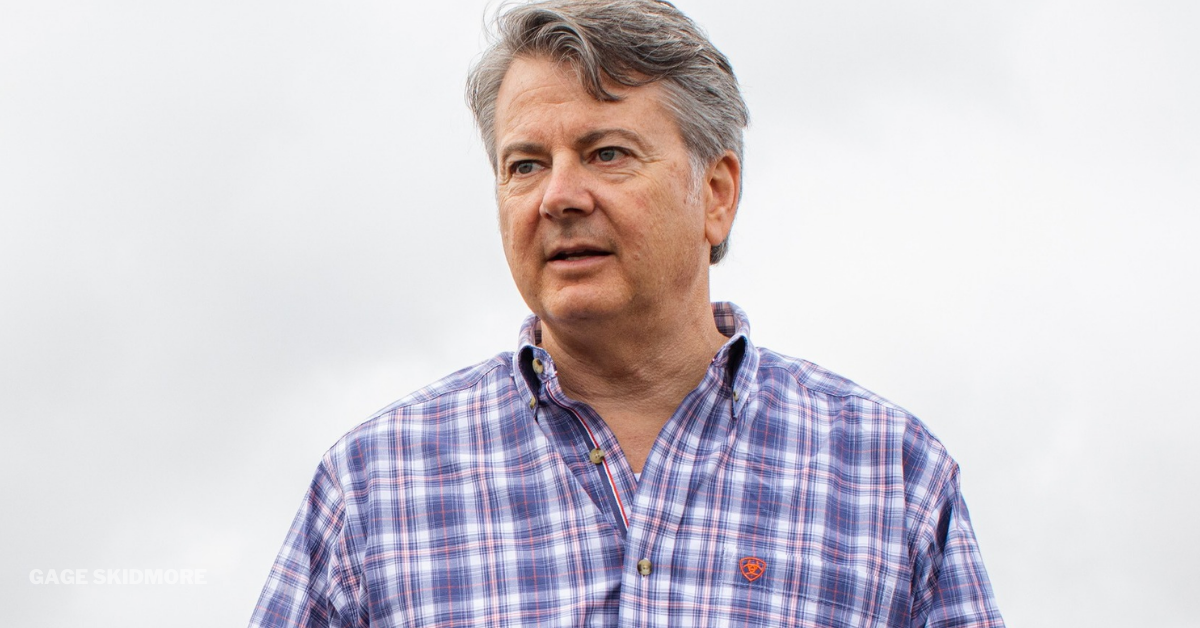The historic Fresno for Parks sales tax measure at Thursday’s City Council meeting almost certainly will clear a procedural hurdle on its way to the Nov. 6 general election ballot.
But rest assured, there will be plenty of drama in the Council Chamber. It will originate not on the council dais but from the audience.
Fresnans on Thursday figure to get a stark reminder of the kind of high-profile populist pressure that will befall city officials should the measure become law and the $1 billion-plus it will generate over the next 30 years isn’t spent in the manner demanded by the special interests that crafted the measure.
The nitty-gritty is this:
A petition drive has gathered enough valid voter signatures to put what is being called the “Fresno Clean and Safe Neighborhoods Parks Tax Initiative” on the upcoming general election ballot.
City of Fresno voters will be asked if they want to boost the local sales tax by three-eighths of a cent to fund more parks, better-maintained parks and enhanced cultural/artistic opportunities.
Fresno County Registrar of Voters Brandi Orth has given her A-OK to the petition. City of Fresno Clerk Yvonne Spence has given her A-OK to the petition.
The main task before the council on Thursday is deciding what to do with the Parks Initiative, which has now morphed into a proposed city ordinance. The council has three options before it. Here is how Spence describes each option in her report to the council:
- “Adopt the resolution adopting the Fresno Clean and Safe Neighborhoods Parks Tax Ordinance and submitting the measure to City voters at the next regular municipal election to be held on November 6, 2018….”
- “Adopt the resolution submitting the initiative ballot measure proposal to City voters at the next regular municipal election….”
- “Order a report … relating to the impacts or effects of the Proposed Ordinance, to be presented to Council within 30 days.”
It strikes me that the main difference between Option 1 and Option 2 is the council’s level of affection for the measure. If a council majority loves it, then Option 1 carries the day. If the council decides to take an agnostic approach, then Option 2 is the winner.
After talking to folks in the Administration of Mayor Lee Brand, my sense is that the council will go with No. 1 or No. 2. In other words, the Parks measure has reached the stage where the politically smart thing is to let the people decide. Therefore, Option 3 is probably dead.
What we’re likely to see in Thursday’s audience is lots of youngsters and a fair number of the elderly wearing special t-shirts. On the t-shirts will be a catchy phrase touting the person’s support for better parks in Fresno. Some of these parks supporters may hold placards delivering a similar message. Some of these parks supporters will probably speak during the public hearing portion.
This example of direct participation has been a common occurrence at City Hall whenever the Parks Department is on the agenda. The state of Fresno’s parks system is an old controversy. Parks advocates have fine-tuned their strategy for applying maximum public pressure on the electeds.
All of which is A-OK. That’s the way democracy works.
The Parks initiative is long and complex. The initiative needs two-thirds voter approval to become law. Mayor Brand opposes the initiative. He supports better parks, but thinks any sales tax measure should include ample funding for public safety.
This means the fall campaign for the parks initiative will be full of conflict. One of the big questions is: Who decides how money from the parks measure is spent?
Ponder this, if you will:
- The three-eighths cent sales tax will hardly be noticed by consumers. It amounts to less than 19 cents on a $50 purchase.
- However, the tax is expected to generate big money – an estimated $37.5 million in the first year. The hordes of people paying the tax have little incentive to take the time to keep an eye on how the money is spent; the relatively few people who take a keen interest in the parks initiative’s agenda have immense incentive to devote time and effort on how the money is spent.
- Parks advocates can’t bind the hands of future councils, but that isn’t stopping them from insisting that the Parks Department continue to receive its traditional share of general fund support plus annual increases as total general fund revenues increase. Parks in the FY 2019 budget is expected to get $12.8 million from the general fund.
- You add $37.5 million from the parks measure and $12.8 million from the general fund and the Parks Department in the first year after the passage of the measure could have a budget of more than $50 million.
- Supporters of the parks measure insist that their initiative isn’t designed to turn the Parks Department into an independent public utility. They insist their initiative isn’t an end-around of the City Charter, which vests authority for city operations in the people’s elected representatives and the bureaucracy under their charge.
- The initiative does call for the creation of a nine-member Parks, Recreation and Arts Commission. The members will be appointed by the Mayor, with approval by the City Council.
- The initiative does give what it calls “primary authority on behalf of the City” to the Commission to do a great many things directly connected to the conduct of the Parks Department and the spending of that $50 million-plus per year.
- These things include holding public hearings on the spending of sales tax proceeds, updating the Parks Master Plan, reviewing the Parks Department’s budget, reviewing city staff recommendations, overseeing the development and adoption of a Cultural Arts Plan, advising the Mayor and the City Council on parks issues, and evaluating every five years the progress (or lack of progress) made by City Hall to improve the parks system.
- The initiative states that Commission members “shall reflect the cultural, demographic, and geographic diversity of the City of Fresno, with at least one-third of the Commissioners residing in highest-need neighborhoods….”
So, we’re looking at a parks initiative that, if successful, will lead to a Parks Department receiving well over $1.5 billion over the next 30 years.
The Parks Commission and a future Mayor/City Council might butt heads over the direction of the parks system.
Should that happen, what are the chances that a small army of t-shirt clad parks supporters would fill the Council Chamber to back the Commission and overwhelm the electeds?
I’m betting such a scene is all but guaranteed.
To get a sense of what that would actually look like, show up at 3 p.m. this Thursday at City Hall.









I just read on abc30.com the small city of Woodlake was able to raise $500k in MJ tax revenue. Why the city of Fresno not taking advantage of this is beyond the poor parks people’s dream of green space.
For those who are against mj, why stop there and outlaw cigarettes and alcohol in the city limits? Also, do you think just because the city does not allow dispensaries within the city limits people in Fresno are not selling mj?
Time for the people of Fresno to wake up and demand better government or shut it down. When I mean shut down I mean less city council meetings to do nothing but add more regulations.